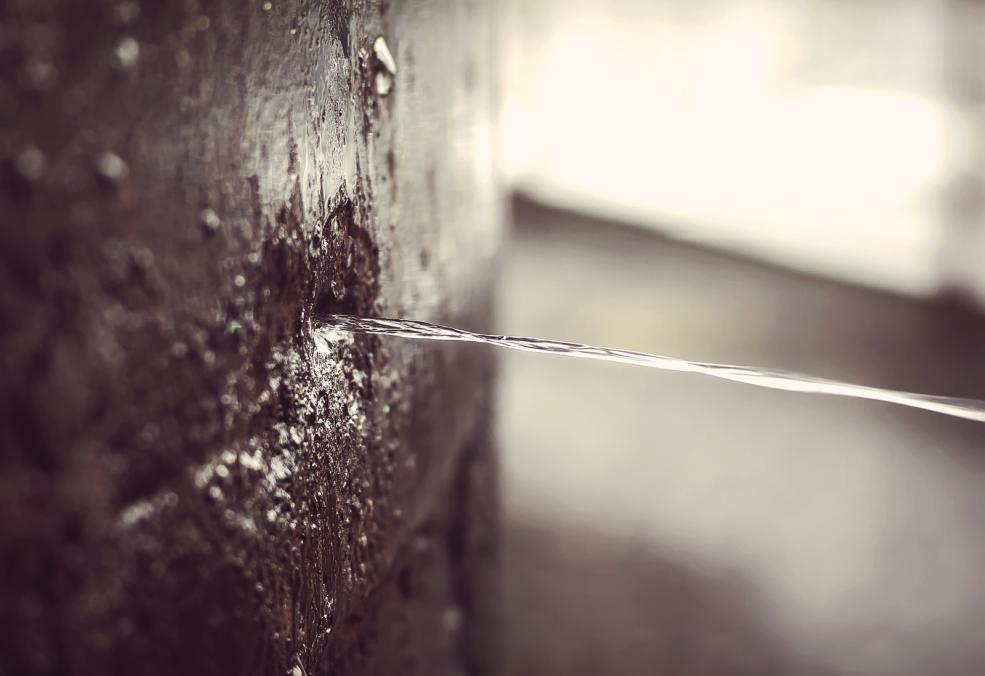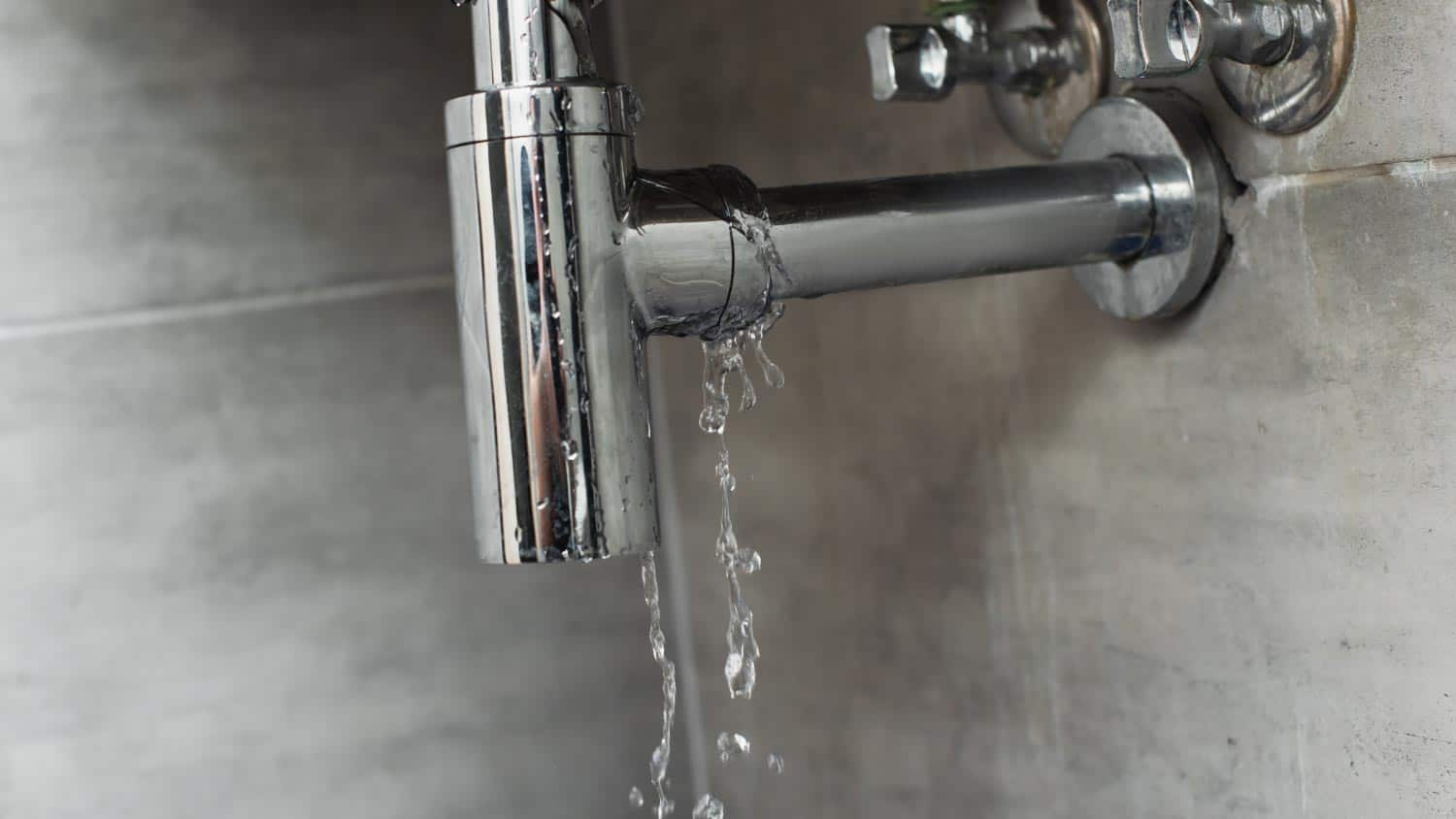6 Ways to Discover Surprise Water Leaks in Your Residence
6 Ways to Discover Surprise Water Leaks in Your Residence
Blog Article
Do you find yourself in search of help about Locating water leaks?

Early detection of dripping water lines can reduce a prospective calamity. Some little water leakages might not be visible.
1. Analyze the Water Meter
Every home has a water meter. Examining it is a guaranteed manner in which helps you find leaks. For beginners, turn off all the water sources. Ensure nobody will certainly flush, utilize the tap, shower, run the washing maker or dishwasher. From there, go to the meter and also watch if it will certainly change. Considering that no person is using it, there must be no activities. That indicates a fast-moving leak if it moves. If you detect no modifications, wait a hr or two and also examine back once more. This indicates you might have a slow leakage that could even be underground.
2. Examine Water Usage
Examine your water expenses as well as track your water usage. As the one paying it, you need to observe if there are any discrepancies. If you identify sudden changes, despite your intake coinciding, it indicates that you have leakages in your plumbing system. Remember, your water bill should fall under the very same variety monthly. An unexpected spike in your costs indicates a fast-moving leakage.
A steady increase every month, also with the very same practices, reveals you have a slow leak that's also gradually rising. Call a plumber to extensively examine your property, particularly if you really feel a warm area on your floor with piping below.
3. Do a Food Coloring Test
30% comes from toilets when it comes to water intake. Test to see if they are running properly. Decrease specks of food shade in the storage tank and wait 10 mins. There's a leakage between the container and also dish if the shade in some way infiltrates your bowl during that time without flushing.
4. Asses Exterior Lines
Do not forget to examine your outside water lines as well. Must water seep out of the link, you have a loosened rubber gasket. One small leakage can squander lots of water and surge your water bill.
5. Evaluate as well as Analyze the Situation
Homeowners should make it a behavior to check under the sink counters and also also inside cabinets for any kind of bad odor or mold and mildew development. These two warnings suggest a leakage so punctual interest is required. Doing routine evaluations, also bi-annually, can conserve you from a significant trouble.
Check for discolorations and also deteriorating as many pipelines as well as appliances have a life span. If you think leaking water lines in your plumbing system, do not wait for it to escalate.
Early detection of dripping water lines can reduce a potential catastrophe. Some little water leakages might not be noticeable. Checking it is a proven way that aids you find leakages. One small leakage can waste tons of water and also surge your water costs.
If you think leaking water lines in your plumbing system, don't wait for it to intensify.
WARNING SIGNS OF WATER LEAKAGE BEHIND THE WALL
PERSISTENT MUSTY ODORS
As water slowly drips from a leaky pipe inside the wall, flooring and sheetrock stay damp and develop an odor similar to wet cardboard. It generates a musty smell that can help you find hidden leaks.
MOLD IN UNUSUAL AREAS
Mold usually grows in wet areas like kitchens, baths and laundry rooms. If you spot the stuff on walls or baseboards in other rooms of the house, it’s a good indicator of undetected water leaks.
STAINS THAT GROW
When mold thrives around a leaky pipe, it sometimes takes hold on the inside surface of the affected wall. A growing stain on otherwise clean sheetrock is often your sign of a hidden plumbing problem.
PEELING OR BUBBLING WALLPAPER / PAINT
This clue is easy to miss in rooms that don’t get much use. When you see wallpaper separating along seams or paint bubbling or flaking off the wall, blame sheetrock that stays wet because of an undetected leak.
BUCKLED CEILINGS AND STAINED FLOORS
If ceilings or floors in bathrooms, kitchens or laundry areas develop structural problems, don’t rule out constant damp inside the walls. Wet sheetrock can affect adjacent framing, flooring and ceilings.
https://www.servicemasterbyzaba.com/blog/how-to-detect-water-leakage-in-walls/

We had been guided to that report on Detecting hidden plumbing leaks through an associate on another web address. Are you aware of another person who is sincerely interested in the niche? Feel free to promote it. Thanks for your time spent reading it.
Report this page